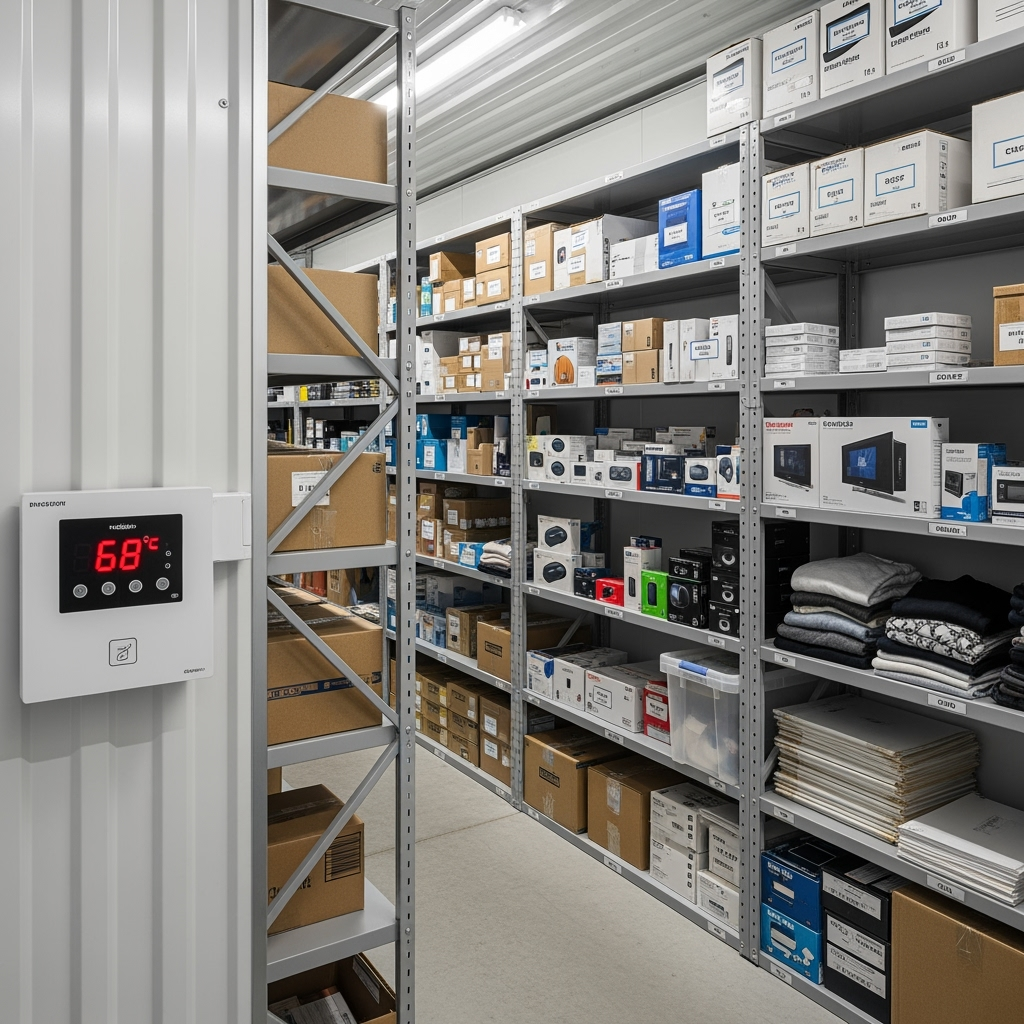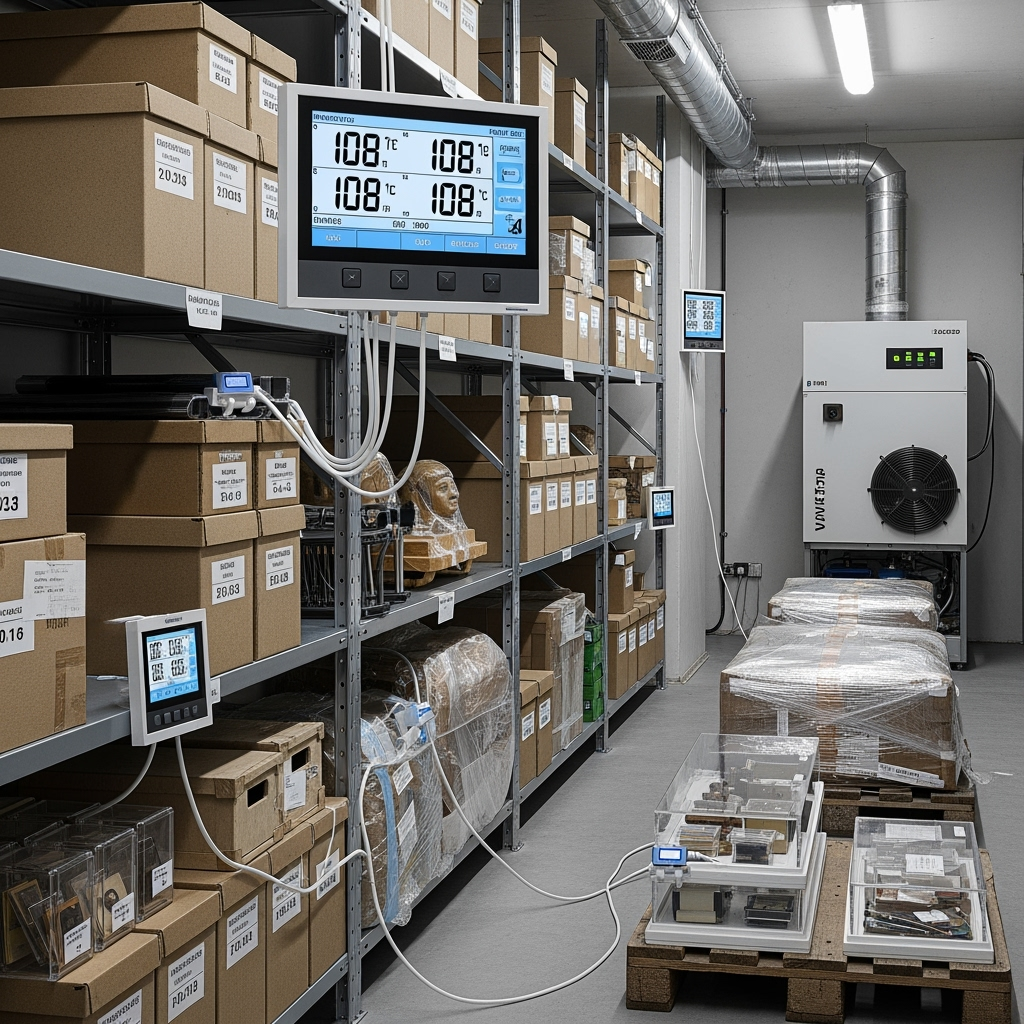
For small business owners managing temperature-sensitive inventory, proper storage conditions can mean the difference between profit and loss. This comprehensive guide will help you understand how to effectively utilize climate-controlled storage to protect your valuable business assets while maintaining optimal inventory conditions.
Understanding Climate Control Requirements for Business Inventory
Different products require specific temperature and humidity ranges for optimal preservation. Here’s what you need to know about climate-controlled storage for various business items:
- Temperature stability between 55-85°F (12-29°C)
- Relative humidity control between 30-50%
- Consistent air circulation
- Protection from extreme temperature fluctuations
Choosing the Right Climate-Controlled Storage Solution

When selecting a climate-controlled storage unit for your business inventory, consider these essential factors:
Size and Space Requirements
- Calculate inventory volume plus space for air circulation
- Allow room for seasonal inventory fluctuations
- Consider aisle space for inventory access
- Plan for future business growth
Temperature Monitoring and Control
- 24/7 temperature monitoring systems
- Automatic climate adjustment capabilities
- Backup systems for power outages
- Regular maintenance schedules
Organizing Your Climate-Controlled Storage Space
Proper organization is crucial for maintaining optimal storage conditions:
Strategic Layout Planning
- Use appropriate shelving and racking systems
- Maintain proper air circulation paths
- Create designated zones for different products
- Implement clear labeling systems
Inventory Management Best Practices
Effective inventory management in climate-controlled storage requires:
Regular Monitoring
- Weekly temperature and humidity checks
- Monthly inventory audits
- Quarterly storage space evaluations
- Documentation of environmental conditions
Protecting Temperature-Sensitive Items
Different business items require specific storage considerations:
Common Temperature-Sensitive Business Items
- Electronics and tech equipment
- Cosmetics and beauty products
- Pharmaceutical supplies
- Specialty foods and ingredients
- Art supplies and materials
- Craft items and adhesives
Emergency Preparedness
Develop a comprehensive emergency plan that includes:
- Backup power solutions
- Emergency contact procedures
- Quick response protocols for climate control issues
- Regular emergency drill practice
Cost Management and ROI
Maximize your investment in climate-controlled storage by:
- Comparing storage unit costs and features
- Calculating potential inventory loss prevention
- Monitoring utility efficiency
- Planning for seasonal cost variations
Maintenance and Upkeep
Regular maintenance ensures optimal storage conditions:
Monthly Maintenance Checklist
- Check temperature control systems
- Inspect seals and insulation
- Clean air vents and filters
- Review humidity control performance
Conclusion
Implementing proper climate-controlled storage solutions is essential for protecting your business inventory and ensuring long-term success. By following these guidelines and best practices, you can maintain optimal storage conditions while maximizing efficiency and protecting your valuable business assets.










Leave a Reply